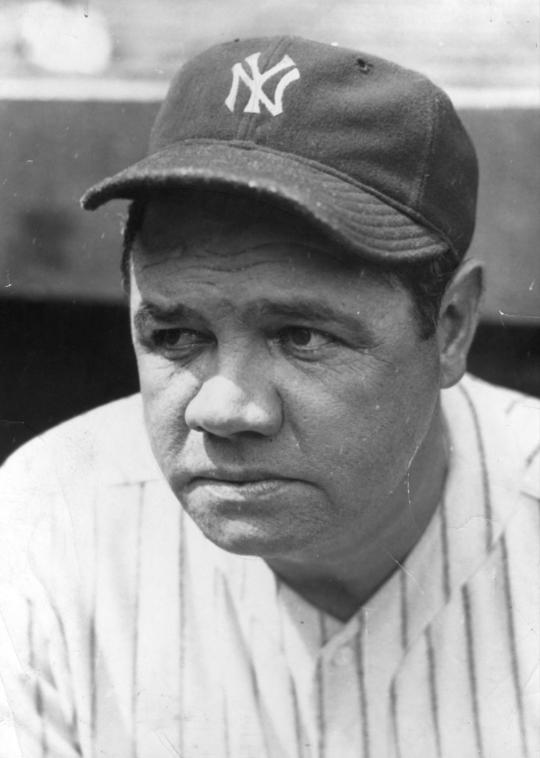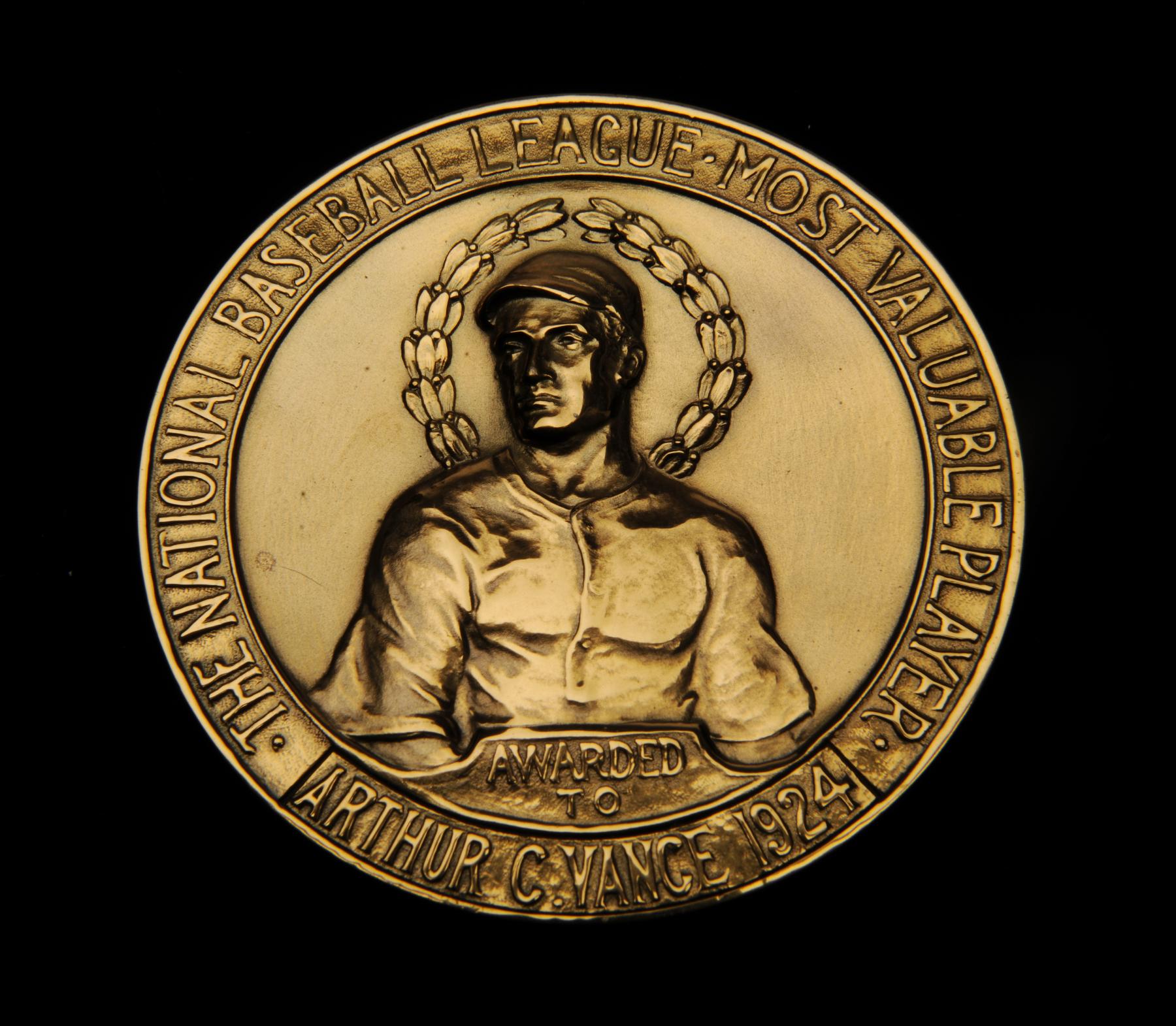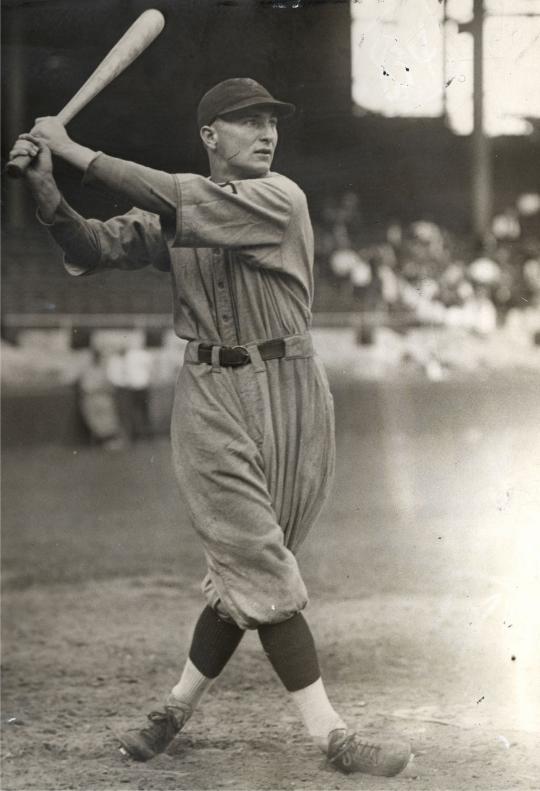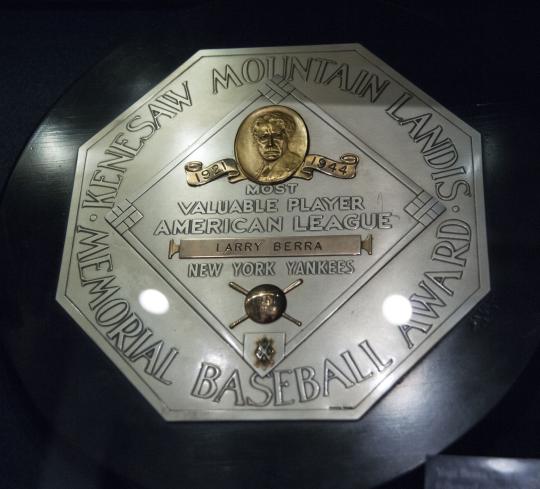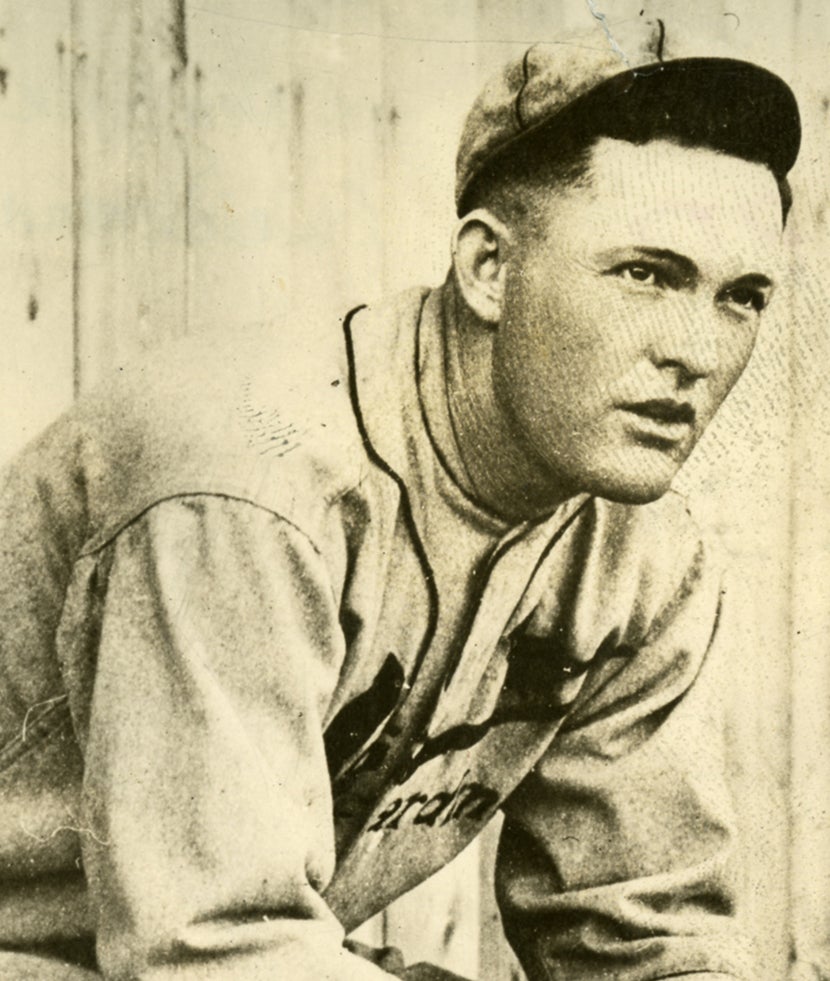- Home
- Our Stories
- 'Valuable' Pieces
'Valuable' Pieces
Museum collection contains different examples of awards presented to MVPs
The game’s annual Most Valuable Players in the American and National Leagues comprise many of the greatest names in baseball’s long history.
This season’s American League and National League MVP Award winners, as voted on by the Baseball Writers’ Association of America, will be announced on Thursday, Nov. 19. For almost a century, this special recognition has taken on numerous forms.
The collection of the National Baseball Hall of Fame and Museum features examples like the now-familiar plaque – but also certificates, medals and trophies that honored the season’s top players.
The AL's Babe
While there had been MVP awards given out in the 1910s, it wasn’t until 1922 that the American League decided to present their own winner. The rules, as announced by AL President Ban Johnson, stated: “The purpose of the American League trophy is to honor the baseball player who is of greatest all-round service to his club and credit to the sport each season. To recognize and reward uncommon skill and ability when exercised by a player for the best interests of his team, and to perpetuate his memory. The selection of the player to be awarded the trophy shall be made by a committee of eight active baseball writers, one from each city in the American League.
“Batting, fielding or pitching averages shall be given due consideration, but not such as to constitute them the sole factors in the choice, remembering that combined offensive and defensive ability is not always indicated by any system of records.”
St. Louis Browns first baseman George Sisler captured the initial MVP Award given out by the Junior Circuit in 1922, to be followed the next season by New York Yankees outfielder Babe Ruth. Today, the framed certificate given to the Sultan of Swat in recognition of his great honor, and donated by his family in 1950, can be found at the Babe Ruth: His Life and Legend exhibit on the Museum’s second floor.
The only MVP Award of Ruth’s career (the AL did not allow repeat winners during these early years) came after the 1923 season, in which Ruth led the Yankees to their first World Series crown in their first season playing at Yankee Stadium. That year, the Bambino bat .393 with league highs in runs (151), home runs (41) and RBI (130).
The idea of presenting a certificate to the AL MVP Award winner was Ruth’s, ratified by league magnates during their annual meeting in February 1924. The certificate took the place of a button previously awarded.
An editorial in the Sporting News in February 1924 regarding the benefits of a certificate read: “By this method, which has all the potency and dignity of a college award to a graduate, the honored player has a permanent record of his achievements and of the singular honor conferred upon him, a record that can be easily preserved for indefinite time or for transmission to descendants, and a record that is less easily stolen, lost, or mislaid than a button or a medal.”
Ruth was presented with his 1923 A. MVP Award during a Babe Ruth Day ceremony held at Yankee Stadium on May 14, 1924. According to a report in the New York Times, after the home plate ceremony, “when somebody in the wildly cheering crowd yelled ‘Speech!’ the most valuable player in the league ran panic-stricken to the dugout.”
In The Babe Ruth Story, Ruth’s 1948 autobiography as told to Bob Considine, he wrote: “At the end of the 1923 season, one of the great honors of my career came to me. I won the American League’s Most Valuable Player award. It was not the winning of the award which pleased me so much, but how I won it. I got 64 votes out of a possible 64. First place then received eight votes, and each of the committeemen put me first on their ballot. Ty Cobb, in 1911, and I in 1923, were the only players ever to win these awards with a perfect score. It made me feel I had made up for 1922.”
NL shows its medal
The National League, in 1924, began giving out its own MVP Award. This included a circular bronze medal, three inches in dimeter with an embossed image of a ballplayer, as well as $1,000 made up of 50 $20 gold pieces. Four of these medals now reside in the Museum’s collections.
Brooklyn Robins right-hander Dazzy Vance captured this initial NL MVP Award in 1924 and donated the accompanying medal to the Hall of Fame in 1955, the year he was inducted into the Cooperstown baseball shrine.
Vance, who finished with a 28-6 record in 1924, led the league in wins, ERA (2.16), complete games (30) and strikeouts (262 in 308.1 innings). But as soon as the MVP announcement was made, controversy arose due to the fact that Rogers Hornsby did not win.
“Rogers Hornsby, St. Louis batsman, had many followers among National League fans,” the BBWAA explained in response to the outcry from some precincts. “Hornsby hitting .424 shattered all modern batting records the past season and played grandly on the field, but the committee members were moved to almost unanimous and decisive choice of Vance because of his 28 victories for Brooklyn and only six defeats. His strong and cunning right arm all but won the pennant for a team not accorded a first-division berth on its roster and its playing record up to May. And so, notwithstanding the fact that that he took part in only 30 full games and that Hornsby took part in 140, Vance was selected because of his amazing effectiveness in the box.
“The committee argued that Vance lifted a pretty good club up to a pennant contender clear up to the last week, while Hornsby could not lift a pretty good club out of the second division. Therefore, based upon both raw and finished values, Vance’s claim is undisputed.”
Vance was presented with medal and gold on May 19, 1925 at Ebbets Field as part of a National League Golden Jubilee celebration.
The Hall of Fame also has the two medals awarded to Hornsby when he won NL MVP honors in 1925 and 1929, donated by his widow in 1969. In 1925, the Rajah, then the player-manager of the Cardinals, won his sixth consecutive batting crown.
Pittsburgh Pirates right fielder Paul Waner came away with the 1927 NL MVP Award in only his second big league season. “Big Poison” donated the medal he received to the Hall of Fame in 1952, the year his bronze induction plaque would be hung in Cooperstown.
The 24-year-old Waner led the league in 1927 with a .380 average, as well as in hits (237), triples (18) and RBI (131), and scored 114 runs. His younger brother, Lloyd, only a rookie, finished sixth in MVP voting.
According to dispatches from Ada, Okla., where Paul Waner lived, he received news of the MVP honor with great satisfaction, but announced he “didn’t figure he had reached the peak” and that he is sure he will do better next season.
Hornsby captured the 1929 N.L. MVP, his second in four years, as a slugging second baseman with the Cubs, the last year the Senior Circuit would give out the award. Hornsby, who batted .380 in helping the Chicago to the ‘29 pennant, was presented with his medal and gold before a May 31, 1930 game at Wrigley Field.
NL President John Heydler, who presided at the brief ceremony, said, “This award is made to you, not only because you are a great baseball player and invaluable, but because you possess the spirit that makes a great baseball player. We all would prefer to give you a good leg, but this may be of some solace. Get up and around in a hurry. We need men like you in this game.”
Hornsby was on crutches for the ceremony because he had broken his left ankle sliding into third base the previous day. He would not return to action until Aug. 19.
The BBWAA Era
The MVP awards returned in 1931 after the BBWAA announced in December 1930 they would take over the balloting. Chuck Klein’s 1932 N.L. MVP trophy was donated to the Hall of Fame in 1980 by one of the slugger’s nephews, the same year he was inducted into the Hall of Fame. Klein’s silver MVP trophy, standing 25 ½ inches tall, has a batter mounted on a silver baseball, supported by a black, painted wood base.
Klein, a star right fielder and left-handed slugger with the Philadelphia Phillies helped offensively by the Baker Bowl’s 280-foot dimensions down the right-field line, finished third in the 1932 NL batting race with a .346 average, tied the Giants’ Mel Ott for the home run title with 38, topped the Senior Circuit with 20 stolen bases, and his 137 RBI placed him behind only teammate Don Hurst. Klein led both leagues in runs scored with 152.
By 1951, when the New York Yankees’ Yogi Berra captured the AL MVP, the now-familiar Kenesaw Mountain Landis Memorial Baseball Award plaque design was the reward. Berra donated his ’51 MVP Award, the first of three he would ultimately win, to the Hall of Fame in 1970.
The 26-year-old Berra, the durable and hard-hitting catcher, hit .294 and led New York with 27 home runs and 88 RBI in 141 games for the world champion Yankees.
“I’m very happy over it,” said Berra when contacted at his Woodcliff Lake, N.J., home after the MVP announcement. “Boy, it was a surprise. I never thought I’d get it. I’m sure tickled pink, though, and I feel great about it.
“Sure, I figured I would be somewhere in the scoring. But first? Not by a few spaces,” continued Berra, famous for his fracturing of the English language, who then paused and added. “Hey, come to think of it, I musta been pretty good.”
Bill Francis is a Library Associate at the National Baseball Hall of Fame and Museum


